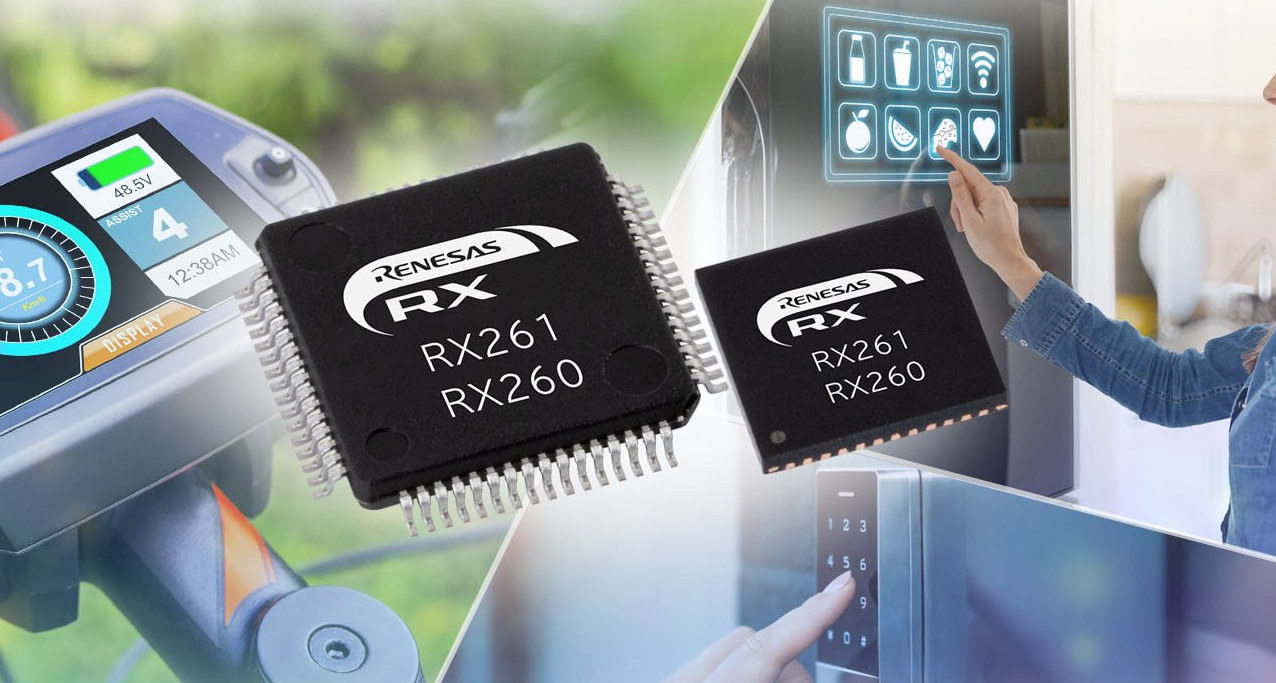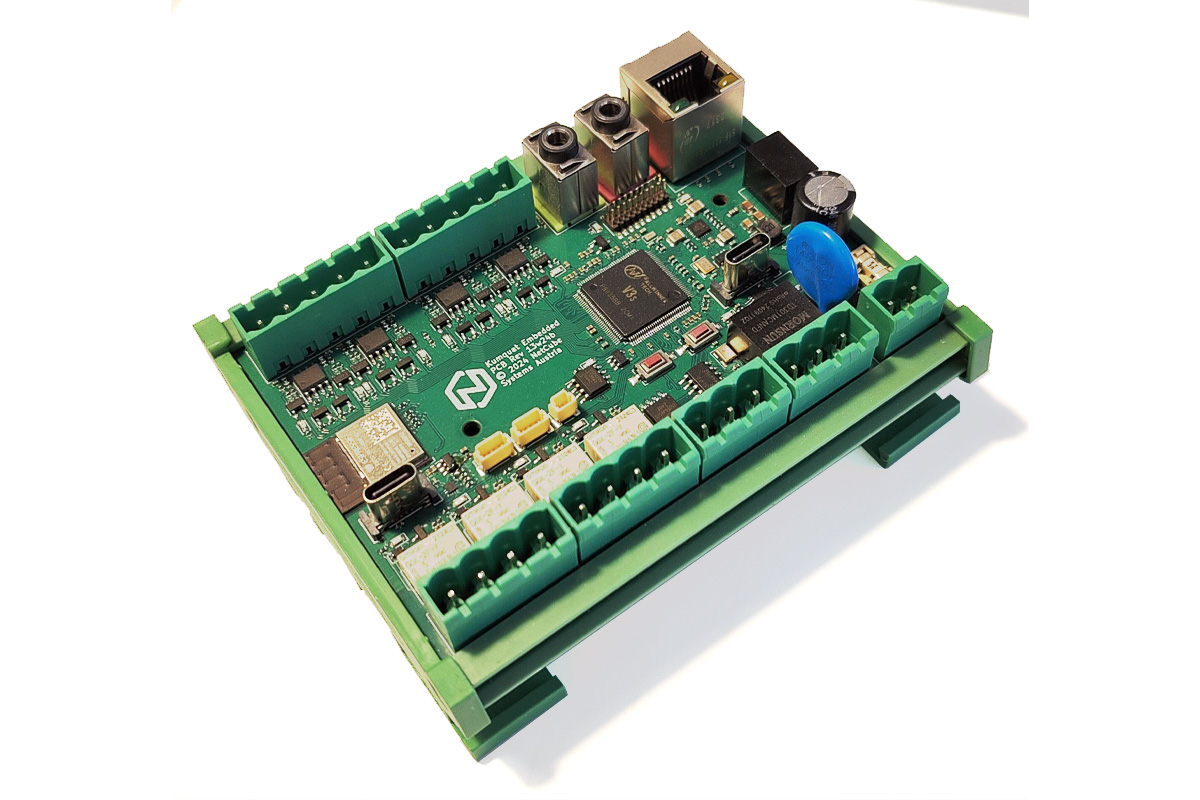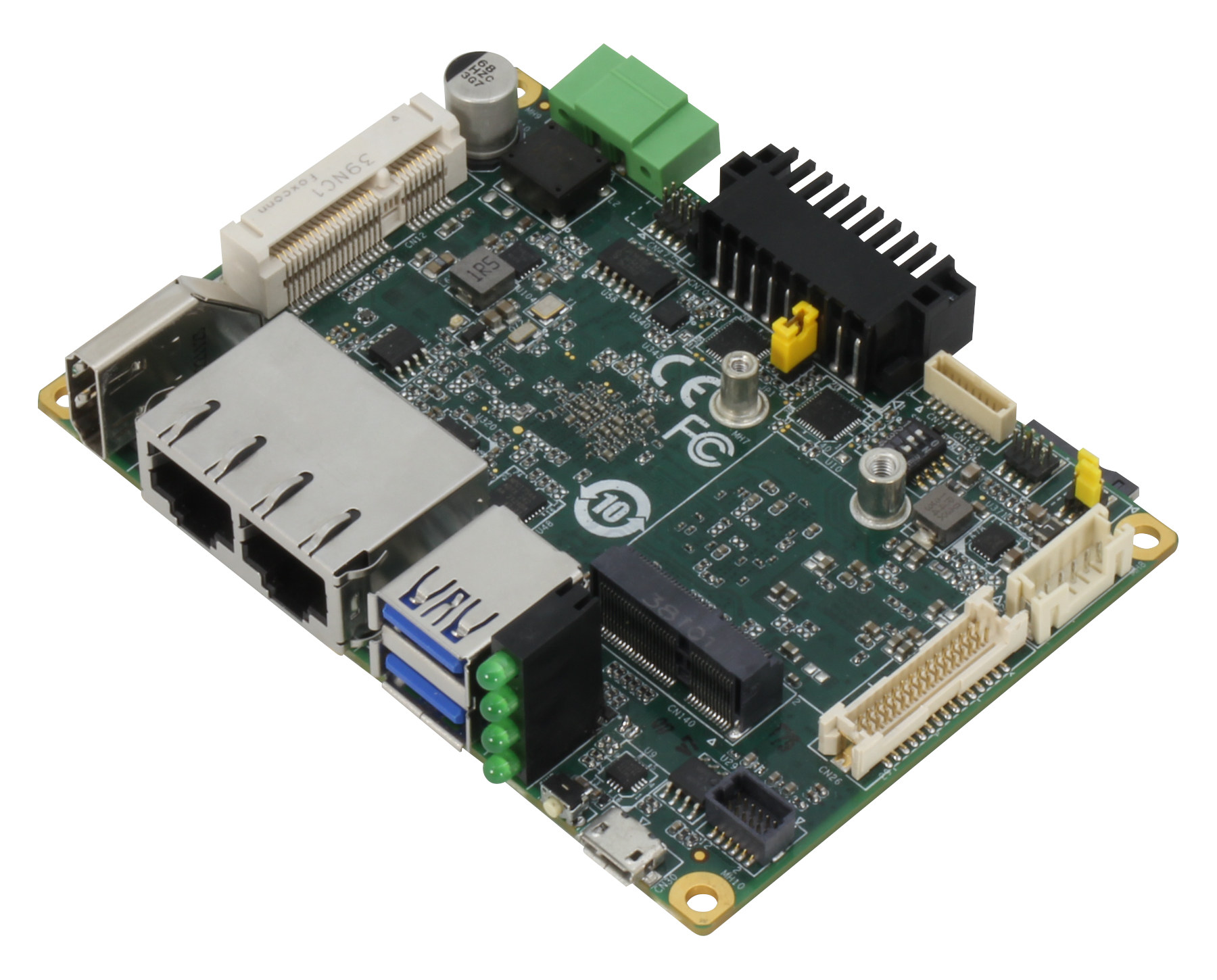The Raspberry Pi Compute Module 5 (CM5) was launched at the end of last month, and we are starting to see companies slowly announce upgraded CM4 designs. Yesterday, we wrote about EDATEC ED-IPC3100 DIN-Rail mountable industrial computers, and today, we’ll cover Sfera Labs’ addition of the Raspberry Pi Compute Module 5 to their Strato Pi Max DIN rail industrial controllers. The controllers still feature a gigabit Ethernet port, a 10/100M Ethernet port, two USB 2.0 ports, a Raspberry Pi RP2040 microcontroller for power management and boot sequence control, and support expansion modules for up to sixteen RS-485 or RS-422 ports, four CAN V2.0B ports, digital and analog I/O, and more. Strato Pi Max specifications (as of December 2024): Base Module Raspberry Pi Compute Module 5 Raspberry Pi Compute Module 4 Zymbit SCM options. Microcontroller – Raspberry RP2040 dual ARM Cortex-M0+ at 133 MHz. Storage – eMMC, microSD (dual for XL), M.2 PCIe […]
Portwell PJAI-100-ON rugged Edge AI embedded system features NVIDIA Jetson Orin Nano for industrial quality control
Portwell has launched the PJAI-100-ON, a rugged and compact embedded system powered by the NVIDIA Jetson Orin Nano SOM and designed for demanding industrial environments. It operates reliably across a wide temperature range of -20°C to 60°C with a fanless, quiet design that requires minimal maintenance. Equipped with dual Gigabit Ethernet LAN ports and M.2 slots for wireless connectivity, the PJAI-100-ON is tailored for Edge AI applications. This system enhances quality control in manufacturing by using advanced optical inspection technology to detect defects, improving quality assurance and reducing production errors. Previously, we covered other Jetson Orin Nano embedded systems, including Aetina’s AIE-KO21, AIE-KO31, AIE-KN31, and AIE-KN41 and DFI X6-MTH-ORN fanless Edge AI Box computer, as well as Portwell’s WEBS-21J0-ASL another rugged embedded system built around an Intel Atom x7000RE Amstom Lake Nano-ITX motherboard and equipped with an Hailo-8 AI accelerator. Portwell PJAI-100-ON specifications: SoM – NVIDIA Jetson Orin Nano CPU […]
Forlinx launches NXP i.MX 95 SoM and development board with 10GbE, CAN Bus, RS485, and more
Forlinx FET-MX95xx-C is a system-on-module (SoM) based on NXP i.MX 95 SoC with up to six Cortex-A55 cores, an Arm Cortex-M7 real-time core clocked at 800 MHz, an Arm Cortex-M33 “safety” core clocked at 333 MHz, and equipped with 8GB LPDDR4x and 64GB eMMC flash. The company also provides the feature-rich OK-MX95xx-C development board based on the i.MX 95 module with a wide range of interfaces such as dual GbE, a 10GbE SFP+ cage, terminal blocks with RS485 and CAN Bus interface, three USB Type-A ports, two PCIe slots, and more. Forlinx FET-MX95xx-C system-on-module Specifications: SoC – NXP i.MX 9596 CPU 6x Arm Cortex-A55 application cores clocked at 1.8 GHz (industrial) with 32K I-cache and D-cache, 64KB L2 cache, and 512KB L3 cache Arm Cortex-M7 real-time core clocked at 800 MHz Arm Cortex-M33 safety core clocked at 333 MHz GPU – Arm Mali-G310 V2 GPU for 2D/3D acceleration with support […]
Renesas RX260 and RX261 64 MHz RXv3 MCUs target power-efficient touch applications
The Renesas RX260 and RX261 two new 64 MHz microcontrollers part of the high-performance, high-efficiency RX product family with integrated capacitive touch-sensing and high power efficiency in both active and standby modes. The microcontrollers are based on the RXv3 core with a performance score of 355 CoreMark @ 64MHz, which is “2.5 times higher than competing 64 MHz class MCUs.” The chips are also power-efficient, with a consumption rate of 69μA/MHz during active operation and 1μA only in standby mode. According to Renesas, the chips are up to 25% more efficient in active mode and 87% more efficient in standby mode than other 64 MHz class MCUs. Another competing factor is the onboard 8KB of data flash, eliminating the need for external EEPROM. The RX260 and RX261 Group MCUs support noise- and water-resistant capacitive touch via Renesas’ third-generation capacitive touch IP (CTSU2SL). They also integrate an “automatic judgment function” that […]
Microchip PIC32MZ-W1 is a 32-bit MIPS WiFi MCU with 60+ GPIO, USB, CAN Bus, Ethernet, and more
Microchip recently released the PIC32MZ-W1 wireless MCU along with 20 other WiFi parts, including WiFi MCUs, link controllers, network controllers, and plug-and-play modules. Among them, the PIC32MZ-W1 wireless MCU is the most interesting because of its 32-bit MIPS microAptiv M-class core running at up to 200MHz, advanced hardware security features, and integrated Microchip Trust Platform for secure cloud authentication. Over the years ESP32 MCUs have become the go-to choice for wireless applications. Still, one problem we always have with ESP32 SoCs is their limited GPIO option due to their strapped-out pin structures. But this new MCU has over 60 GPIO pins to work with along with Ethernet MAC, USB, CAN Bus, CANFD, SPI, I2C, SQI, UART, ADC, JTAG, and more. PIC32MZ-W1 wireless MCU specifications MCU MIPS32 M-Class core clocked at 200 MHz 16KB I-Cache, 16KB D-Cache microMIPS mode (up to 35% smaller code size) DSP extensions (4x 64-bit accumulators, single-cycle […]
Kumquat – An Allwinner V3s embedded system board with isolated CAN, Ethernet and ESP32 for WiFi and Bluetooth
The Kumquat is an Allwinner V3s board designed for industrial automation, home automation, IoT projects, robotics, and embedded system development. The Allwinner V3s features ARM Cortex-A7 cores with 64MB DDR2 RAM and 8MB SPI flash storage. Connectivity options include Ethernet, USB-C, isolated CAN-FD, and WiFi/Bluetooth via an ESP32 module. Additionally, it has eight auto-detecting 12/24V IOs, four relays for controlling external devices, and a real-time clock with battery backup. The Kumquat runs on Buildroot Linux with a mainline kernel and can be programmed with various programming languages making it a great alternative to traditional PLCs. Kumquat board specification SoC – Allwinner V3s CPU – ARM Cortex-A7 @ up to 1.2 GHz Memory – Integrated 64MB DDR2 DRAM clocked at 400MHz @ 1.5 V Video engine Storage 8MB SPI Flash for bootloader and user code I2C EEPROM for MAC addresses and user data SDIO Connector for eMMC or SD card Connectivity […]
MYiR Tech MYC-LD25X – A compact STM32MP25 system-on-module running Debian 12
MYiR Tech’s MYC-LD25X is a compact 39x37mm system-on-module built around the STMicro STM32MP25 dual-core Cortex-A35 SoC running at 1.5GHz with a Cortex-M33 core, and an NPU capable of 1.35 TOPS. The module comes with up to 2GB LPDDR4 RAM, 8GB eMMC storage, and a range of connectivity options, including Gigabit Ethernet, USB, CAN FD, UART, and SPI. Designed for industrial HMI, edge computing, energy systems, and automation, the MYC-LD25X is suitable for high-performance applications in these fields. Previously, we covered other development boards from MYiR, including the MYD-J7A100T, MYD-YG2UL, MYD-YG2LX, and MYD-J1028X. We also wrote about other STM32MP25-based system-in-package and system-on-module namely the Digi ConnectCore MP25 and Octavo OSD32MP2. Feel free to check them out if you’re interested. MYC-LD25X STM32MP25-based System-On-Module MYC-LD25X specifications: SoC – STMicro STM32MP257D processor CPU – Dual-core Arm Cortex-A35 64-bit RISC core operating at up to 1.5 GHz MPU – 32-bit Arm Cortex-M33 RISC core clocked at […]
AAEON introduces NXP i.MX 8M Plus Pico-ITX SBC and mini PC designed for Edge AI industrial applications
AAEON PICO-IMX8PL is a Pico-ITX SBC built around the NXP i.MX 8M Plus Edge AI processor which the company has also released in an enclosed form as the SRG-IMX8PL mini-PC. Both are designed for industrial AIoT/IoT applications. The SBC features various connectivity options including dual Gigabit Ethernet, Wi-Fi/Bluetooth, 4G LTE, CAN-FD, Audio, LVDS, and support for popular protocols like Modbus, MQTT, and OPCUA. Whereas the mini PC sacrifices some I/O interfaces and the LVDS display output to enable wall or DIN rail mounting. Both products have wide operating temperature ranges, fanless designs, and compact form factors making them ideal for deployment in harsh industrial environments. All these features make this device useful for industrial automation, transportation, and digital signage. AAEON PICO-IMX8PL Pico-ITX SBC and RG-IMX8PL mini-PC specifications SoC – NXP i.MX 8M Plus AI SoC CPU Quad-core Arm Cortex-A53 processor @ up to 1.6 GHz Arm Cortex-M7 real-time core @ 800 […]










